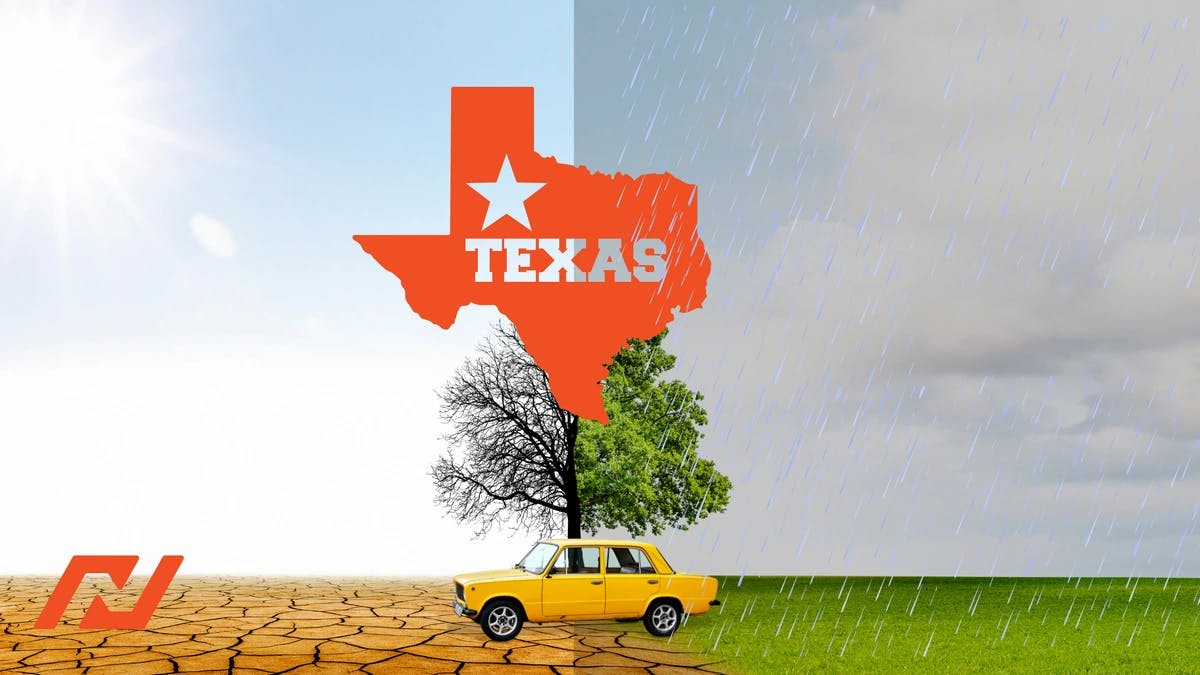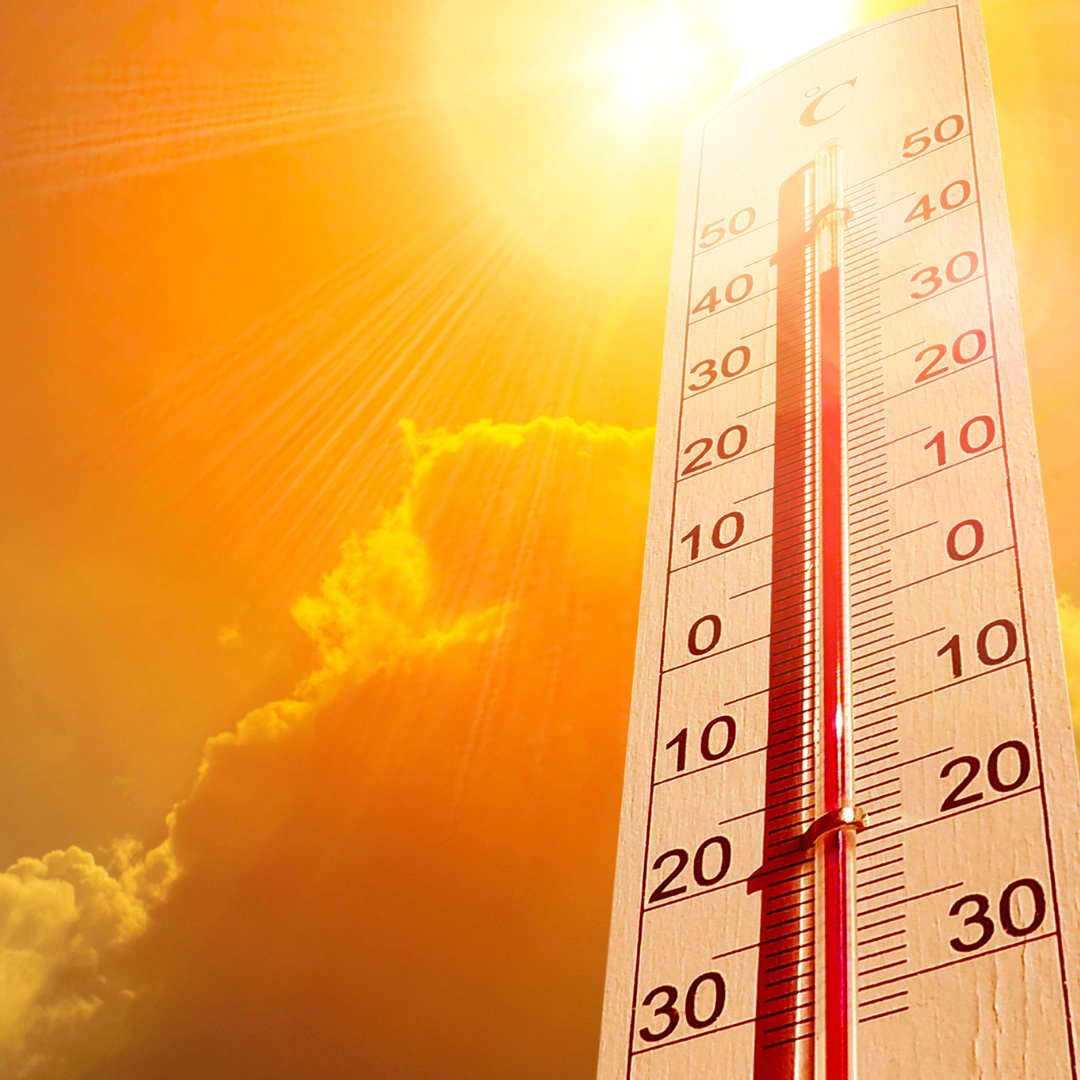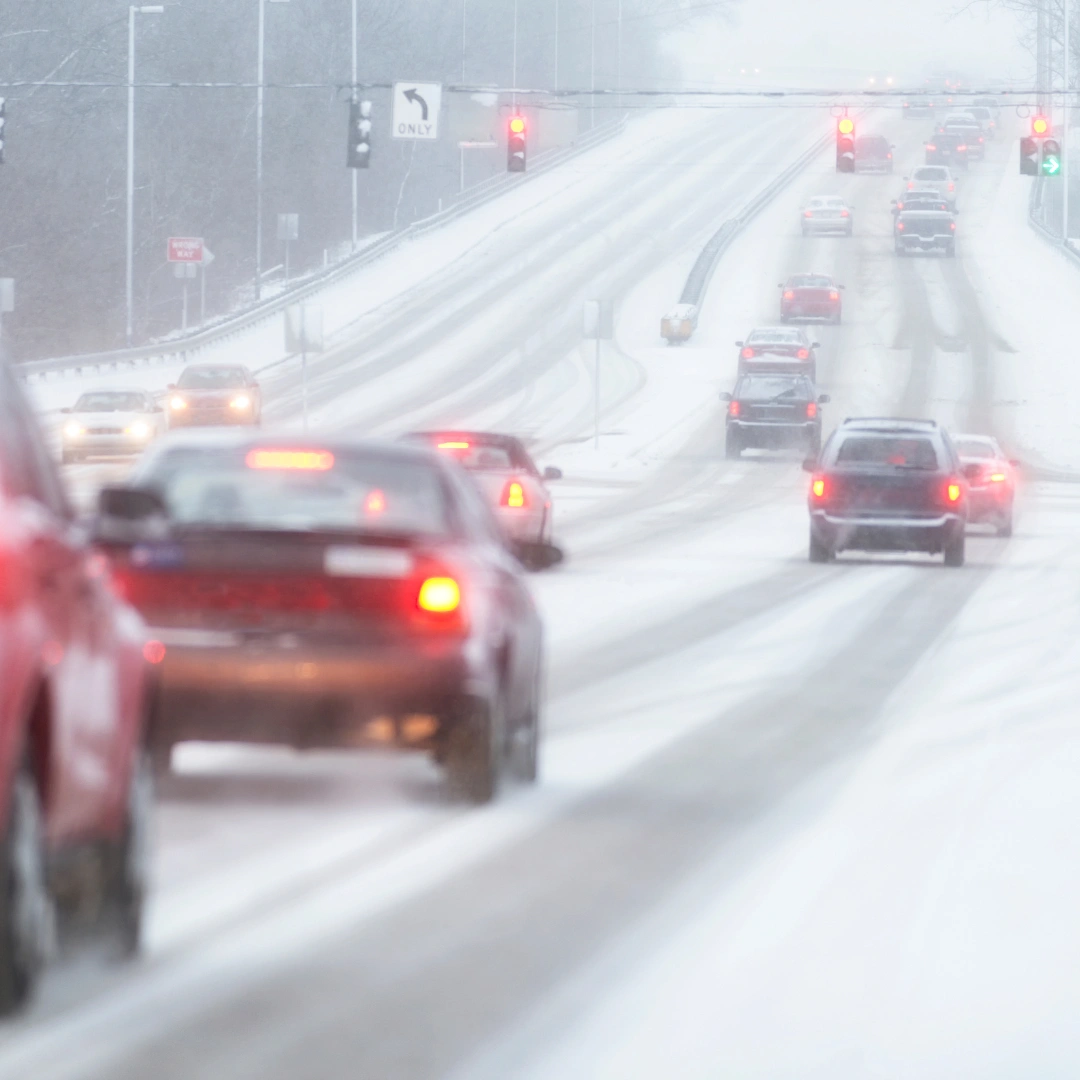Texas is the second largest state in the United States, covering an area of 268,596 square miles.
As such, it experiences a wide range of climates based on its location in the southern region of the country, its diverse topography, and its size.
It is characterized by a diverse climate that varies across its vast expanse. The climate is continental in the northwest, where a plateau is found, and subtropical in the rest of the state, excluding the northwest.
There are four general climate zones in Texas: the Gulf Coast region (Humid Subtropical), North and Central Texas (Subtropical), the High Plains (Semi-arid Steppe), and the western part of the state (Desert).
So how does Texas Climates affect your car's performance?
Let's Check it out!
Key Takeaways
|
How High Temperature Affects Brake Pad, Brake Rotor and other Brake Components of Your Car
Temperature plays a significant role in the overall performance and efficiency of a vehicle's braking system. As temperature affects the various components of a braking system, it can directly influence its performance, wear and tear, and overall lifespan.
Brake fade
The extreme weather conditions in Texas can cause brake fade, resulting in longer stopping distances and compromising the safety of your vehicle.
Brake fade refers to the temporary reduction or complete loss of braking efficiency, primarily due to excessive heat buildup. As the brakes are repeatedly applied, they generate increased heat, which can cause the brake pads, rotors, and calipers to lose their ability to generate friction.
Boiling brake fluid
The brake fluid serves as a medium that transfers the braking force from the brake pedal to the brake calipers. When exposed to extremely high temperatures, brake fluid may start to boil, creating gas bubbles within the system. The presence of gas in the hydraulic braking system reduces its performance, as gas is compressible, leading to a spongy or less responsive feeling on the brake pedal.
Thermal expansion and contraction
Brake components such as brake rotors, calipers, and pads are subjected to thermal expansion and contraction as they heat and cool. This can lead to distortion, warping, or cracking of these components, potentially causing brake noises, vibrations, and a decreased braking efficiency.
Brake pad glazing
High temperatures may cause the binding resins and other materials in the brake pads to break down and form a thin, shiny layer on the surface. This phenomenon, called brake pad glazing, results in a loss of friction between the pad and rotor, leading to diminished brake performance.
Reduced brake pad life
Excessive temperature can cause accelerated wear and tear of the brake pads, shortening their service life. High temperatures can also damage the components and cause them to deteriorate at an increased rate.
Brake caliper seals
Caliper seals, piston seals, and other rubber components within the braking system can be sensitive to high temperatures. As these seals play a crucial role in maintaining proper hydraulic pressure within the system, their degradation due to excessive heat can lead to reduced brake performance or even leaking brake fluid.
To reduce the risk of brake failure in high temperatures, you can take the following steps:
1. Regularly inspect and maintain your brakes, ensuring that they're in good working condition. This includes checking for worn brake pads, corroded or damaged brake lines, and adequate brake fluid levels.
2. Use high-quality brake components and fluid that are designed to withstand high temperatures.
3. Reduce the weight of your vehicle as much as possible (within reason) to decrease the amount of heat generated during braking.
4. Drive at a moderate pace and avoid aggressive, sudden braking, allowing your brakes time to cool down.
5. Consider upgrading to performance brake pads and rotors designed to handle higher heat levels and reduce the likelihood of brake fade.
To give you an idea on how hot it is in Texas each month, here’s a texas climate data:
Brake challenges during winter in Texas
Winter driving in Texas can be challenging due to effects on vehicle brakes. Cold temperatures may thicken brake fluid, affecting brake efficiency.
Ice and snow buildup can hinder brake performance, increasing stopping distance.
Increased humidity and precipitation can cause brakes to wear more quickly due to moisture absorption. Tire grip on icy roads may decrease, engaging anti-lock braking systems more frequently.
Lastly, deicing chemicals can corrode brake components over time.
To mitigate these challenges, it's advised to maintain fresh brake fluid, regularly inspect and replace worn or damaged brake parts, and keep the brake system clean from road debris. Adopt cautious driving habits and ensure tires are in good condition for better traction.
Rain and Humidity in Texas: Their Effects on Braking
Rain and humidity significantly affect a vehicle's braking performance by reducing friction between the tires and road surface, hence increasing stopping distances.
For instance, wet roads can double the braking distance, requiring drivers to maintain a greater following distance and apply brakes more cautiously.
Heavy rain can lead to aquaplaning, where a water layer forms between tires and road, significantly reducing steering control. This can be mitigated by maintaining tire pressure, tread depth, and reducing speed. High humidity can also induce brake fade, where brake pads and rotors overheat, decreasing their friction capacity, making brakes less effective.
This is more likely during heavy or prolonged braking or in hilly regions, and can be counteracted by avoiding aggressive braking and using engine braking during steep descents.
Additionally, rain and humidity can cause brake disc corrosion, especially when a car is parked outdoors for extended periods, thereby reducing brake effectiveness. Regular brake maintenance and cleaning can prevent rust build-up.
Finally, wet and humid conditions can make dirt and other particles stick to brake pads and rotors, creating an uneven surface and promoting premature wear, reducing braking performance.
Regular cleaning and use of suitable brake components can help alleviate this.
Regular Brake Maintenance - A Necessity in Texas
Regular brake maintenance is a crucial necessity for drivers in Texas. With its expansive roadways, erratic weather conditions, and dense traffic, routine brake checks are essential to ensuring the safety and reliability of your vehicle.
Don't underestimate the importance of timely brake inspections and repairs, as they prevent potential accidents and costly damage in the long run.
Here's a suggested Brake Maintenance List for every Region in Texas:
|
Region |
Climate Characteristics |
Average Summer Temperature Range |
Average Winter Temperature Range |
Annual Precipitation |
Suggested Brake Maintenance |
|
East Texas |
A humid subtropical climate with hot, humid summers and mild, wet winters. Occasional tropical cyclones. |
Upper 80s to low 90s °F (30-35°C) |
45-60°F (7-16°C) |
40-60 inches (102-152 cm) |
Regular checks for brake fading due to humidity and heat. Regular fluid replacement. |
|
Central Texas |
Hot summers and cool to mild winters. More sunshine and less humidity than Gulf Coast. Slightly cooler in Hill Country. |
Up to 100°F (38°C) |
40-55°F (5-13°C) |
Varies depending on location (less than East Texas) |
Frequent checks for brake pad wear due to hot summers. Maintain good brake ventilation. |
|
North Texas |
Continental climate with hot summers and cold winters. Higher humidity than Central Texas. Occasional snow or ice. |
Low to mid 90s °F (32-34°C) |
35-50°F (1-10°C) |
30-40 inches (76-102 cm) |
Regular inspections to ensure brake fluid doesn't freeze in cold winters. Proper brake servicing before the winter season. |
|
West Texas |
Semi-arid to arid climate with hot summers and cool to mild winters. Lower humidity due to higher elevation. |
Exceeds 100°F (38°C) |
Freezing or below |
10-15 inches (25-38 cm) |
Regular checks for brake fluid boiling due to high summer temperatures. Keep brakes well ventilated. |
|
Texas Panhandle |
Semi-arid climate with hot, dry summers and cold winters. Occasional snowstorms or ice events. High elevation. |
80-90°F (27-32°C) |
Varies depending on the location |
Varies depending on the location |
Regular checks for brake wear due to hot, dry summers. Winter servicing to ensure brakes don't freeze. |
NuBrakes is more than just a brake repair company.
We're your partner in ensuring your vehicle's safety, no matter the weather.
Tired of dealing with inconvenient garage appointments?
Don't sweat it!
We bring professional, top-quality brake repair and general maintenance right to your doorstep.
In sweltering Texas summers or during unexpected winter chills, NuBrakes is ready to respond. Our team is trained to handle the unique challenges of every climate. East Texas humidity or dry West Texas heat, we've got your brakes covered.
Don't let brake fade sneak up on you. Remember, proper maintenance can make the difference between a safe stop and a close call. Trust NuBrakes to keep your vehicle in peak condition with regular inspections, preventative maintenance, and on-the-spot repairs.
Book an appointment with NuBrakes today! We're just a call or click away, ready to serve you wherever you are. Experience the convenience and expertise that sets NuBrakes apart. Drive with confidence, knowing NuBrakes has your back.



